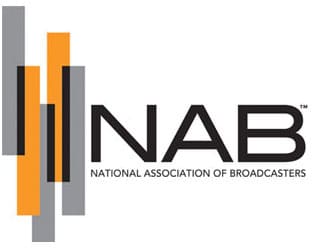24-hours ago, the East Coast was shaken by the 5.9 earthquake. Now that we know there was a minimal impact on buildings and so far no reports of anyone being seriously harmed, I wanted to review what happened in regards to the wireless networks.
To be clear: the wireless networks worked. No wireless towers went down and no networks failed as a result of the sizable earthquake. In fact, contrary to some reports of “outages,” wireless networks processed the huge surge of communications attempts across the nation at rates massively higher than normal.
Yes, some subscribers experienced delays. When tens of millions (or more) of wireless subscribers press “send” on their wireless devices in the same time period, congestion occurs and wireless networks respond dynamically to address what the National Communications Center termed a “massive calling event.” In short, the networks performed precisely as designed.
Despite the tremendous spike in traffic on wireless networks, millions of Americans across the country were using their wireless devices to contact their loved ones to make sure they were safe. They were sending reports through text messages, tweets or Facebook updates about the situation at their location. While television and radio played a role in helping to disseminate information to consumers, most Americans used their mobile devices to find out if their family and friends were safe.
Yesterday’s earthquake underscored the vital need for our industry to get more spectrum. As I was driving home on 16th Street yesterday and stuck in the traffic after the earthquake, I thought about how our analogy about spectrum is equivalent to lanes on a highway is perfect. Let me explain. Cars are like our mobile devices, such as cellphones and smartphones. With the tremendous increase in the number of cars, or devices, and the amount of time they’re spending on the “roads”, we need more lanes, or spectrum. Otherwise, wireless consumers will experience a significant traffic jam. Yesterday, a huge number of users were trying to use the same highway at the same time, which caused the jam. With more spectrum, we’d have more lanes that would allow more users.
When we needed them, the wireless networks worked. But to ensure more people can use their wireless devices when there’s a significant increase of users, we must get more spectrum, or lanes on a highway, and fast.




